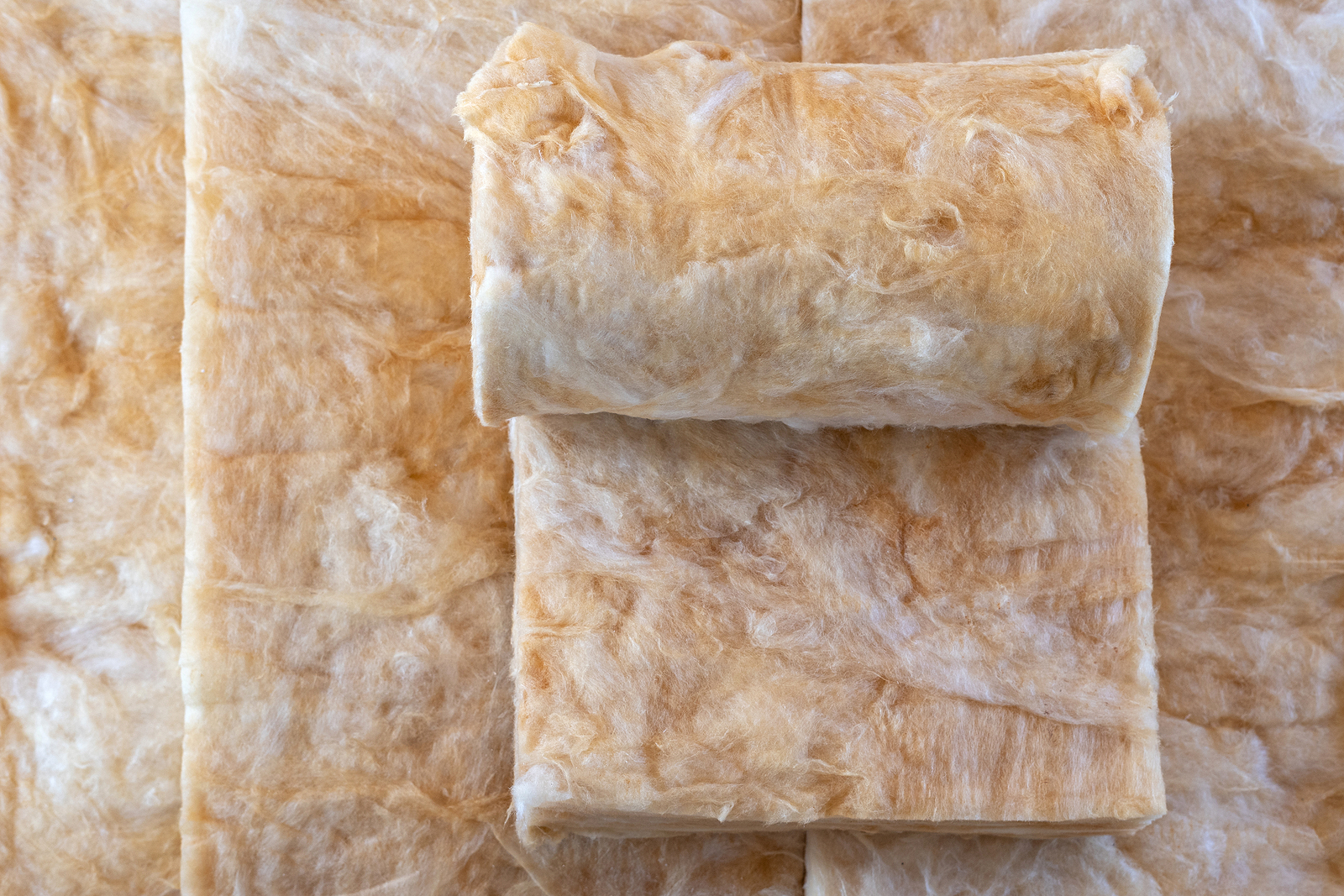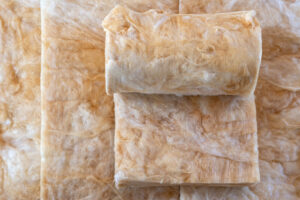An Industrial Insulation Guide


Insulation is one of the most efficient ways for industries to save energy, from manufacturing to power generation to oil refining. Yet, because it stays in one place and doesn’t move, spin, pump, or lift, the contribution of industrial insulation is often overlooked.
To take full advantage of the many benefits of insulation, you need a thorough knowledge of:
- Properties of different materials
- Application details for the insulation
- End goals to accomplish
The right insulation makes a big difference in process quality, reliability, and efficiency. This guide explains why to use insulation, what to consider for a successful project, and some common industrial insulation materials available today.
Industrial Insulation Basics
The fundamental purpose of insulation is to inhibit energy transfer, such as preventing heat from escaping through a building’s roof or lessening the noise from a piece of equipment.
Substances with superior insulating properties have strong molecular bonds that block energy (heat or sound) from moving through the material.
In industrial environments, insulation shields pipes, ducts, fluid lines, storage tanks, valves, curing ovens, and more.
Benefits of Industrial Insulation
When it comes to manufacturing, chemical processing, or other industrial-type applications, insulation provides many advantages.
Process consistency – Keeping process temperatures stable by reducing heat transfer makes for predictable product quality and energy use.
Energy efficiency – Preventing heat from escaping optimizes energy use, which lowers operational costs and shrinks a facility’s overall carbon footprint.
Workplace safety – Workplace hazards, such as excessive heat and noise, can be mitigated with proper insulation. Many insulation materials also have inherent fire-retardant properties.
Equipment longevity – When used for outdoor applications, insulation protects equipment against inclement weather and extreme temperatures. It can also prevent condensation, which often leads to water damage.
Common Industrial Insulation Materials
There’s a wide variety of insulation materials, from bulky products to foam boards to reflective foils. The following substances are the most commonly used insulations:
Fiberglass blanket
Also known as batt or roll insulation, fiberglass blanket is one of the most-used industrial insulation materials. Made of fiberglass layers with an outer shell of paper or cardboard, it’s typically applied between joists and beams.
Fiberglass board
Mixing fiberglass with resin creates a rigid insulation panel. Available in a range of densities, fiberglass board is predominantly used to insulate HVAC ductwork.
Rock wool
A durable product made from minerals (such as basalt or diabase) that are melted and spun into fibers. Rock wool is fire retardant, resistant to mold and mildew, and is often used around pipes and hot water tanks.
Spray foam
An alternative to fiberglass, spray foam is made of two materials that, when mixed, expand to become a dense sealant. Contractors use special pressurized equipment to apply spray foam.
Loose-fill insulation
Available as either cellulose or fiberglass pellets, loose-fill insulation can fill small or inaccessible spaces where traditional insulation is difficult to install.
Considerations for Industrial Insulation
Always choose an insulation contractor with extensive experience and thorough knowledge of industrial insulation techniques. Professionals work to understand your needs and ensure you get the best material for your application.
For a successful industrial insulation project, consider the following:
Goals/objectives
Set an objective for your insulation, keeping in mind that it may have multiple goals, such as lowering energy costs, preventing condensation, or increasing process stability. Deciding on objectives in advance helps determine whether the project is successful when complete.
Scope
Is there insulation already in place that needs repair or replacement? Or will you need all new product? Avoid scope creep by being clear about what is included in your project and what is not.
Installation details
Determine where to stage insulation before installing it and where to store old materials prior to disposal. Review worksite practicalities and potential safety concerns, such as confined spaces or working at heights.
Timeline
Some industrial insulation materials will have longer lead-times than others. Be sure to consider operational restrictions that can impact installation, such as arranging production outages or shutdowns.
Cost
A full cost estimate includes the price of insulation materials as well as the labor for installation, repair, or replacement. An experienced contractor will keep costs low by completing tasks efficiently and anticipating challenges.
Get Comprehensive Industrial Insulation Services
At MultiService Industrial, we have experience providing insulation services for a variety of industries. Our expertise includes the design, installation, repair, and replacement of industrial insulation materials.
Whether your project is large or small, we’re dedicated to “Doing It Right” and working together to find the solution that fits your application.